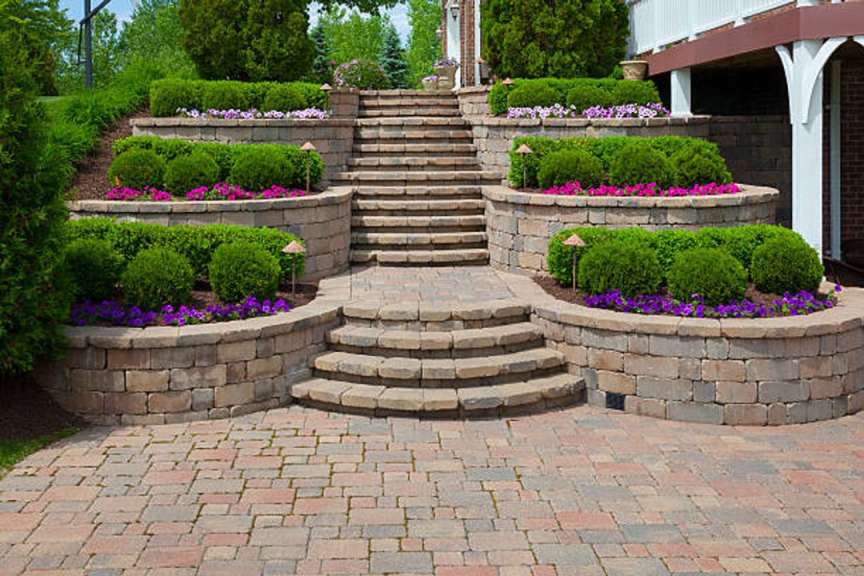Introduction
Building a garden terrace transforms uneven or sloped outdoor spaces into beautiful, functional areas. Garden terraces not only add visual appeal but also prevent soil erosion and create flat surfaces ideal for planting or relaxing. Whether you want a peaceful retreat or a space for entertaining, a well-constructed garden terrace can elevate your outdoor living experience.
In this guide, we’ll walk you through everything you need to know to build a garden terrace—from planning and design to materials and construction techniques. By integrating expert tips and practical advice, this article ensures you create a durable, attractive terrace that suits your garden’s unique needs.
Why Build a Garden Terrace?
Benefits of Garden Terraces
- Maximizes usable space: Terracing turns slopes into flat, usable areas.
- Prevents soil erosion: Retaining walls hold soil in place during heavy rains.
- Improves drainage: Proper terraces manage water runoff effectively.
- Enhances garden aesthetics: Adds structure and visual interest.
According to landscaping experts, terraces can increase property value by improving outdoor functionality and curb appeal.
Planning Your Garden Terrace
Assess Your Site
Start by observing your garden’s slope, soil type, and drainage patterns. Measure the area and note the sun exposure to select suitable plants.
Design Considerations
- Determine terrace levels: Decide how many steps or levels you want based on slope steepness.
- Choose materials: Options include natural stone, concrete blocks, timber, or brick.
- Check local regulations: Some areas require permits for retaining walls over a certain height.
Using garden design software or consulting a landscape architect can help visualize and optimize your terrace layout.
Materials and Tools Needed
Common Materials
- Retaining wall blocks or stones: Durable and weather-resistant.
- Gravel and sand: For drainage and base layers.
- Timber (if preferred): Treated wood or sleepers.
- Geotextile fabric: Prevents soil mixing and improves stability.
Essential Tools
- Shovel, rake, and wheelbarrow
- Level and measuring tape
- Hammer and chisel (for stone)
- Drill and screws (for timber)
Investing in quality materials and tools ensures longevity and a professional finish.
Step-by-Step Construction Process
1. Mark and Excavate
Outline the terrace footprint with stakes and string. Excavate soil to create a level base for the first retaining wall.
2. Lay the Base
Add a compacted layer of gravel for drainage. Use a level to ensure a flat, stable foundation.
3. Build Retaining Walls
Stack stones or blocks carefully, staggering joints for strength. Use mortar if necessary. For timber, secure sleepers firmly.
4. Backfill and Drain
Place geotextile fabric behind walls, then backfill with gravel and soil. Include drainage pipes if needed to prevent water buildup.
5. Finish and Plant
Add topsoil to terrace beds and choose plants suited to your climate and sunlight. Mulch to retain moisture and reduce weeds.
Tips for Maintenance and Longevity
- Inspect walls annually for cracks or movement.
- Clear drainage channels regularly to prevent water damage.
- Replace damaged materials promptly.
- Use native plants to reduce irrigation needs.
Conclusion
Building a garden terrace is a rewarding project that enhances both the beauty and functionality of your outdoor space. By carefully planning, selecting appropriate materials, and following expert construction steps, you can create a durable terrace that withstands the elements and adds lasting value to your home.
Ready to transform your garden? Start planning your terrace today and enjoy a stunning, practical landscape feature for years to come.
